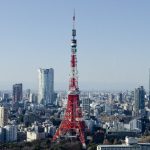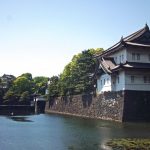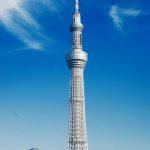Ito Chuta’s Tsukiji Hongan-ji Temple
Exotic atmosphere and mythical beasts.
Tsukiji Hongan-ji Temple is a building whose exotic atmosphere is betrayed by its plain name. While it is a rather strange building it was designed by the noted architect Ito Chuta with an ancient and honorable origin. Ito Chuta, who designed many famous pieces of architecture such as Heian-jingu Shrine, was a professor at Tokyo Imperial University, and a recipient of the Order of Culture (a first in the world of architecture). He is surely a recognizable figure in Japanese architecture.
Tsukiji Hongan-ji Temple was built as a branch temple of Nishi Hongan-ji Temple, but it later burned down in the Great Meireki Fire of 1657 and was destroyed once again in 1923 during the Great Kanto earthquake. In 1934 it was rebuilt and moved to its current location. Ito, who was on friendly terms with the head priest of the Higashi Hongan-ji school’s Jodo Shinshu sect, was commissioned to rebuild the new temple.
Ito’s design concept came about from the idea that because Buddhism originated in India he would use an ancient Indian motif in his design. The impressive building that resulted was a large central dome accompanied by two towers on the left and right.
Inside magnificent stairs and grand pillars give the impression of a stately palace. Ferroconcrete, a material rarely used in the construction of Buddhist architecture, lends Tsukiji Hongan-ji Temple another unique design characteristic. Ito used an Indian cave temple as a model so it is possible that he used ferroconcrete to reproduce the stone cave temple that he envisaged. While the exterior design is quite exotic, the interior design is rather typical. Even though the interior is quite traditional there are certain items like the pipe organ and stained glass above the entrance that keep with Ito’s unique design. The style is not just Indian, but rather a fusion of temples and cultures from all over the world. There is also a fantastical element in the design as evidenced by the incorporation of lions, elephants, cows, horses, and whimsical animals adorning the entrance. Ito’s hallmarks were his creativity and use of mythical beasts, and Tsukiji Hongan-ji Temple being no exception is absolutely filled with Ito’s charm.







